Techniques :
Cheminée : plâtre gros / chaux aérienne CL90 / sables locaux tamisés 0/8 et gros grains
Caissons en bas de mur : plâtre fin de Paris
Couleur des murs : peinture à l’huile de lin teintée aux pigments «Gris pompadour» et «Sienne dorée Italie» et peinture à la colle de peau teintée au pigment «Aubergine».
Plafond : peinture acrylique blanche avec patine à la bière teintée au pigment « Terre d’ombre naturelle».
La pièce d’origine :
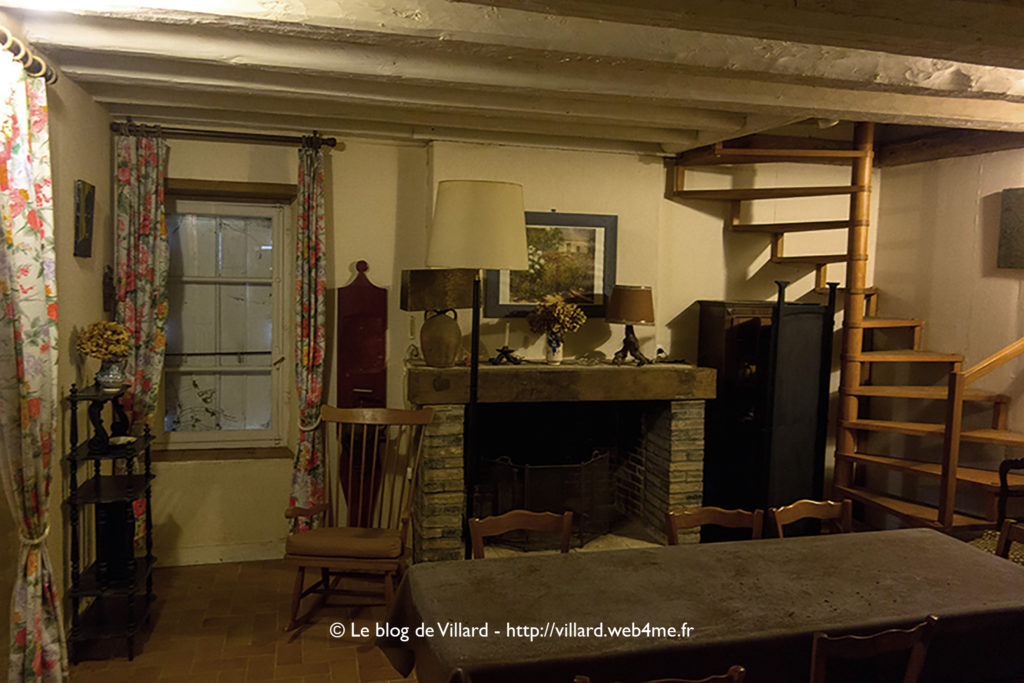
Les étapes des travaux :

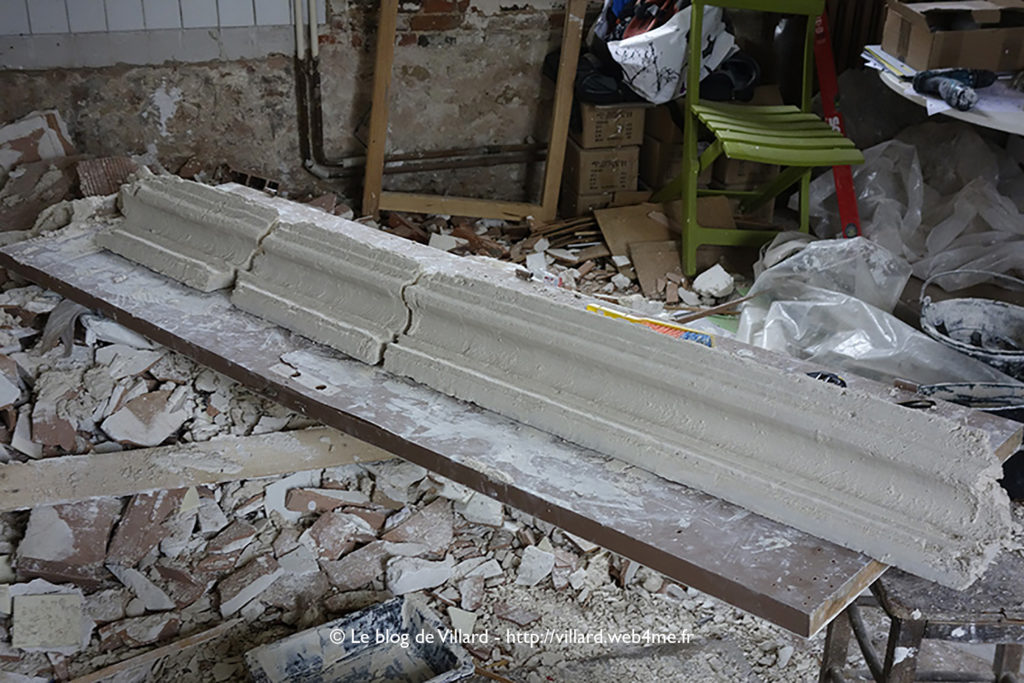


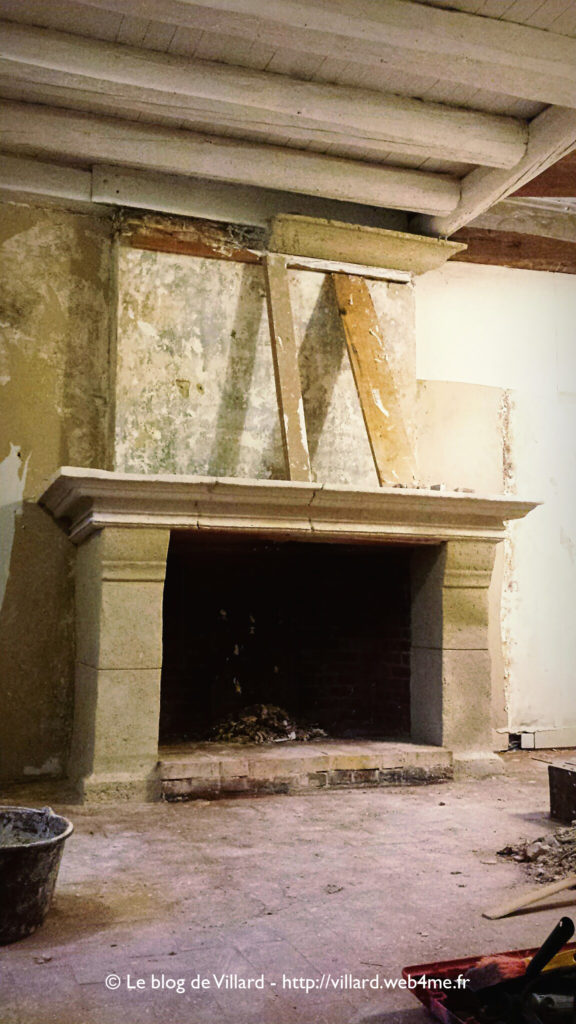
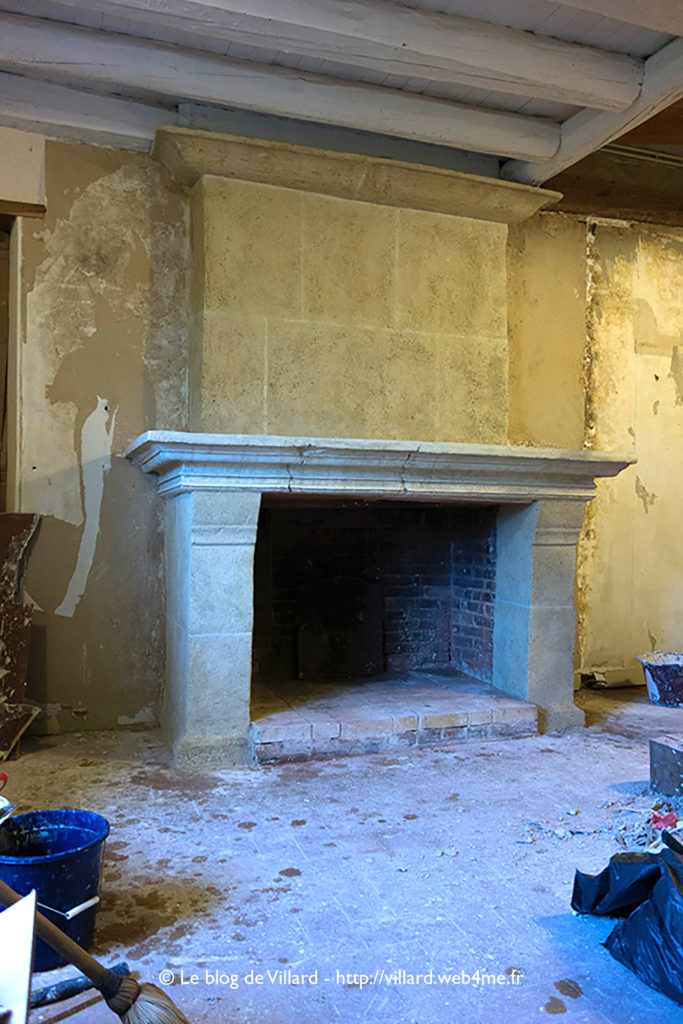
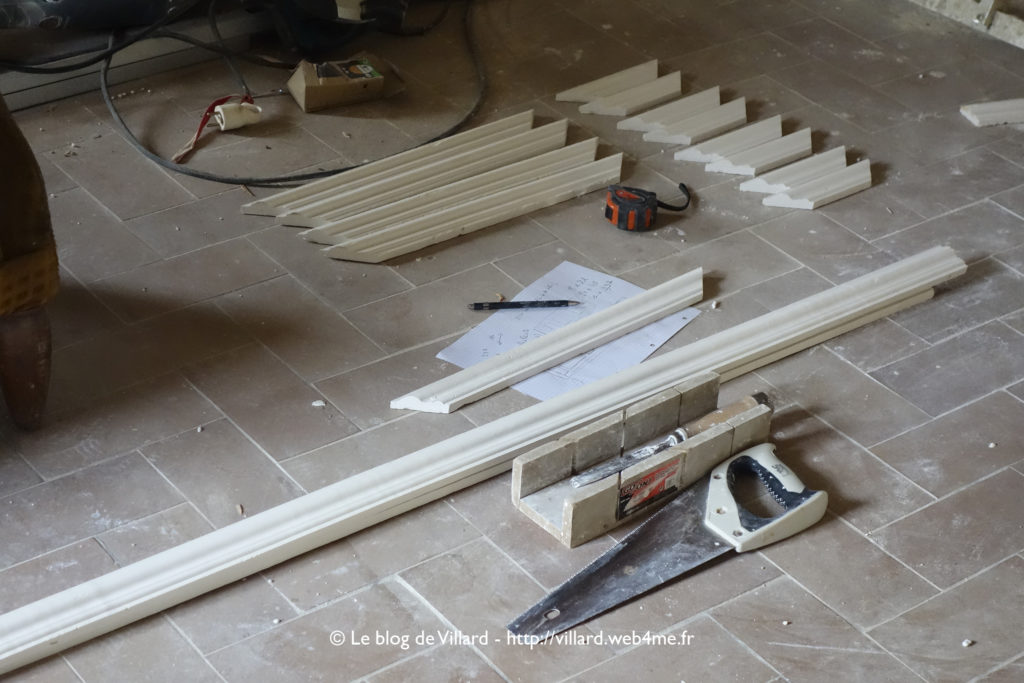
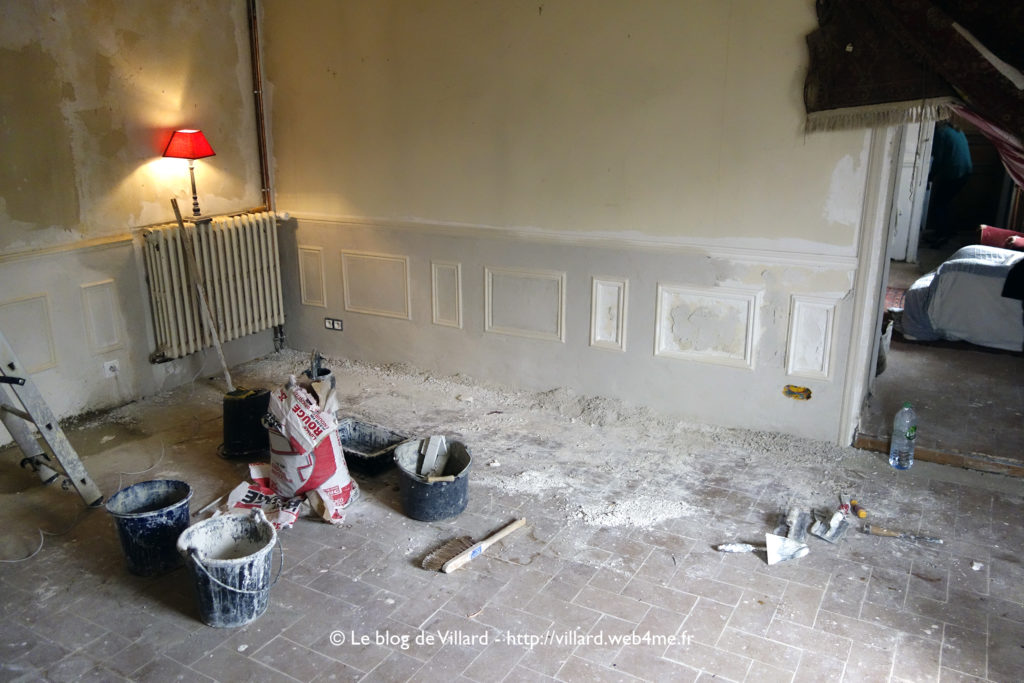
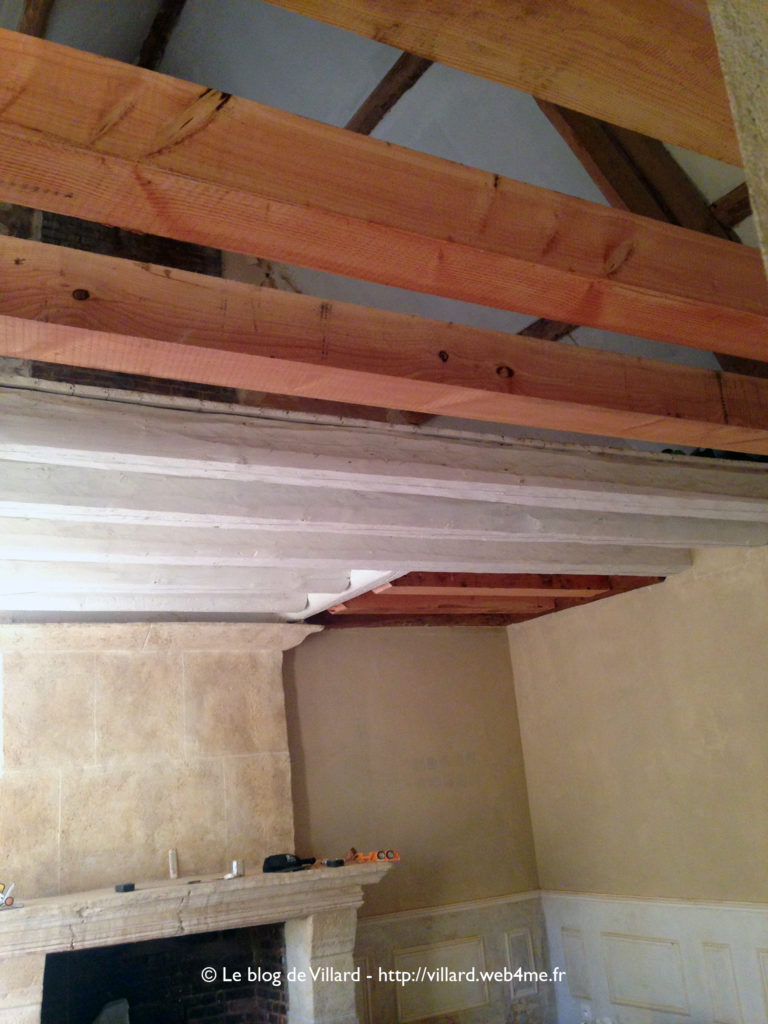
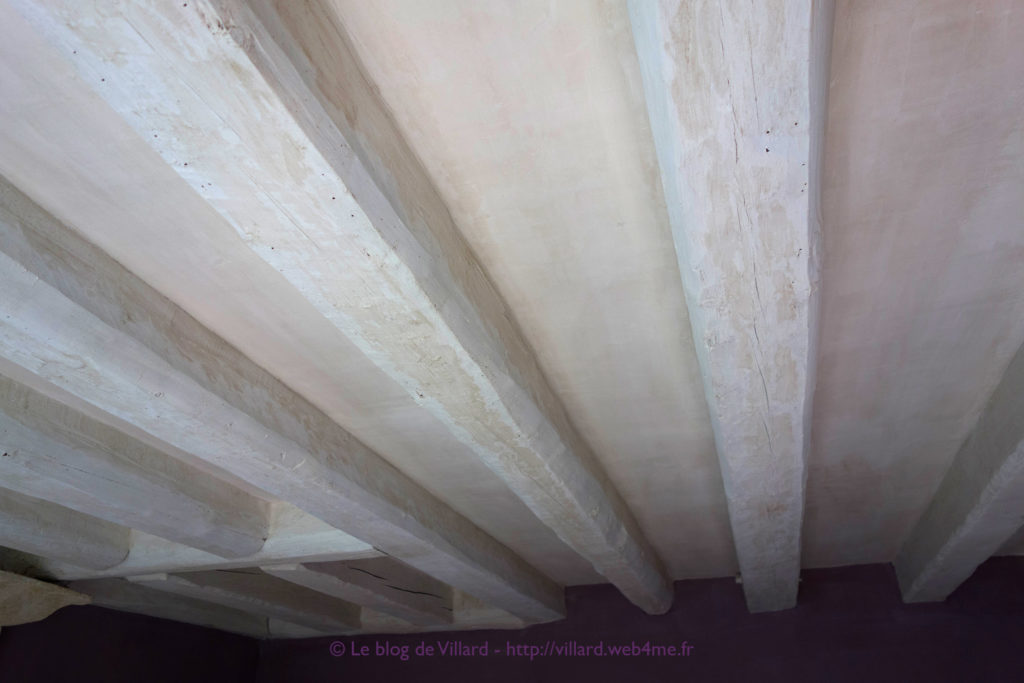
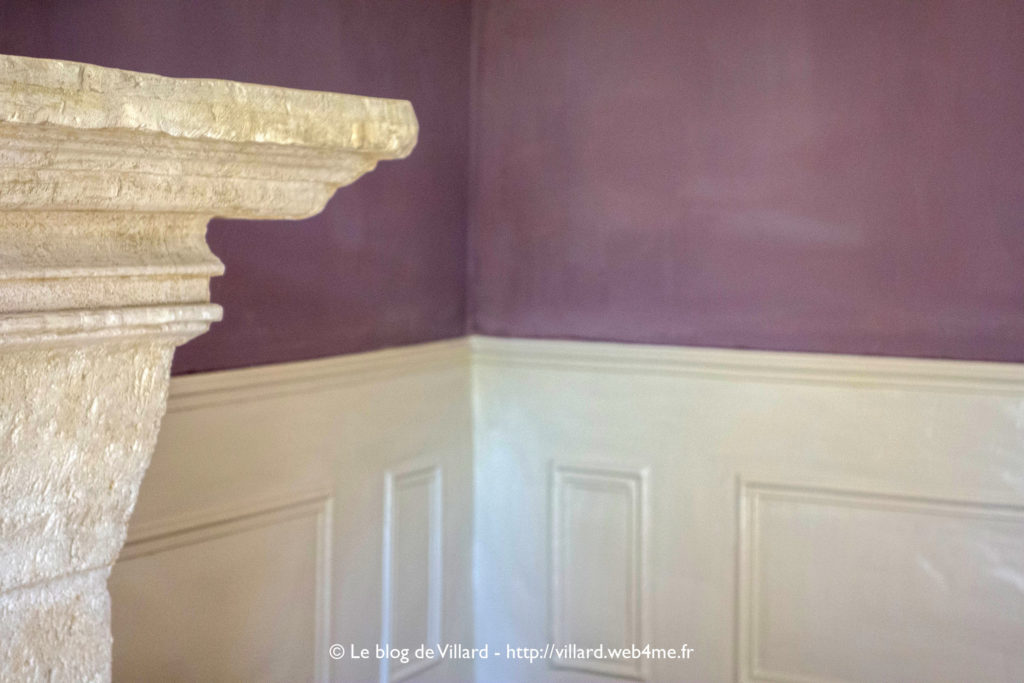
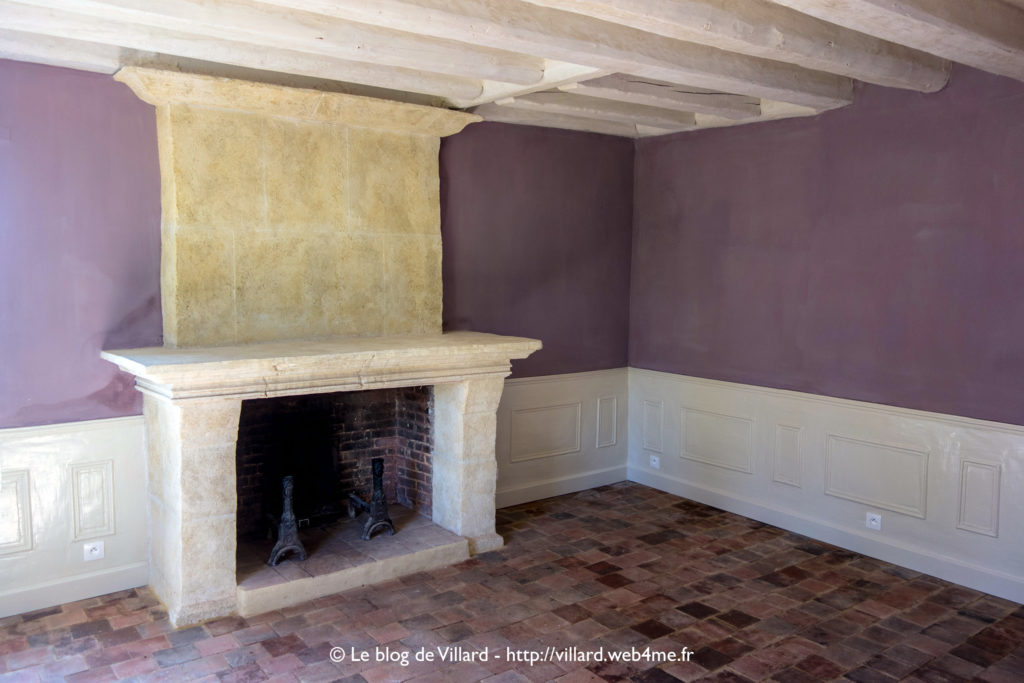
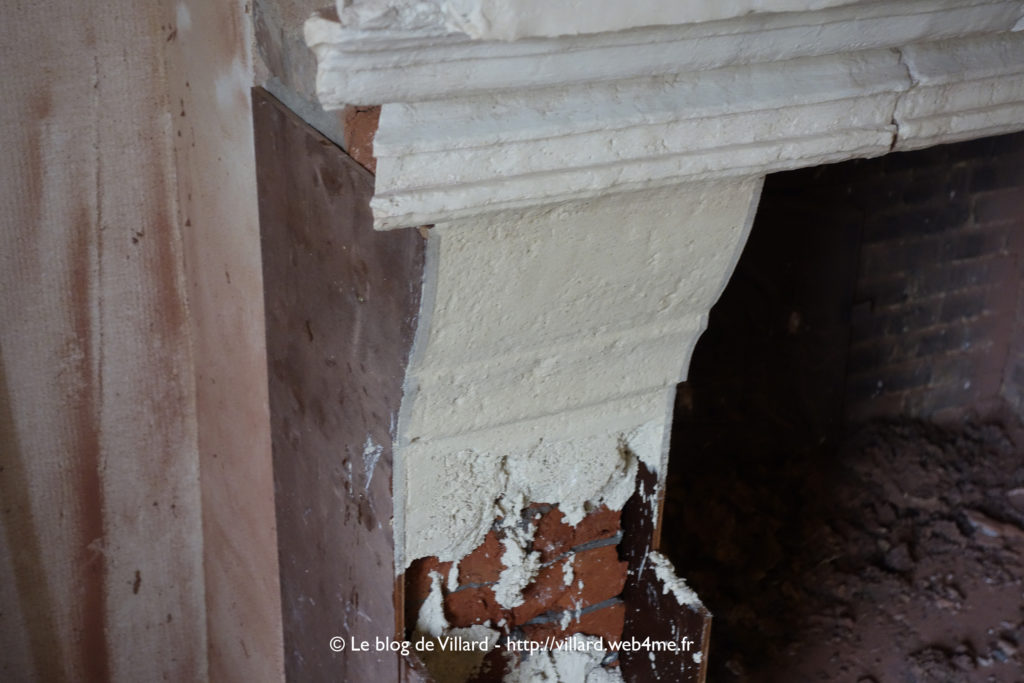
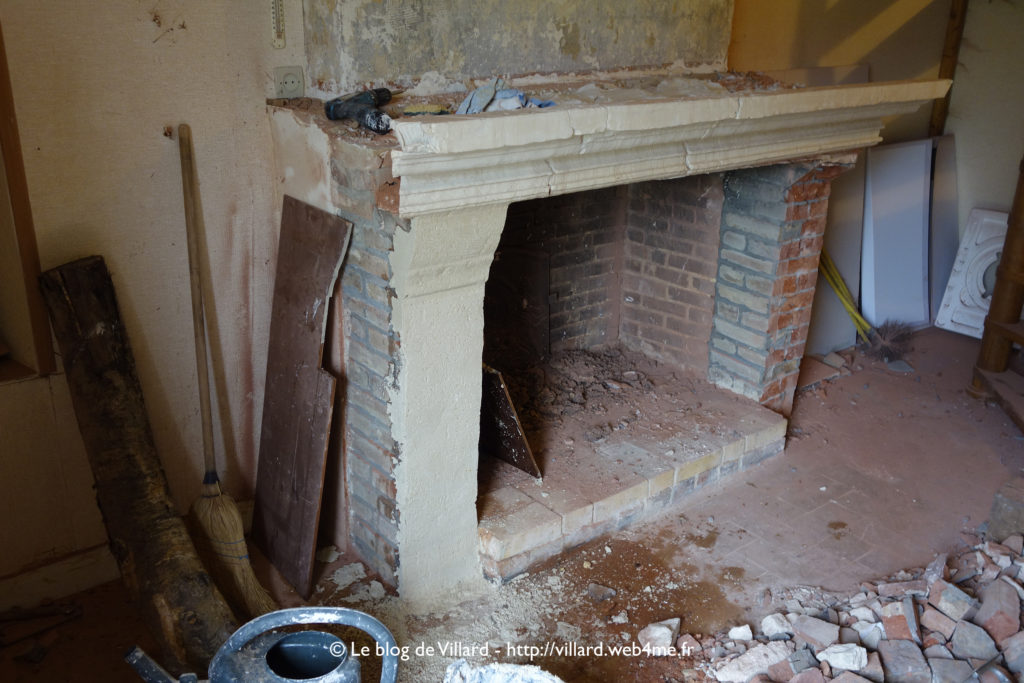
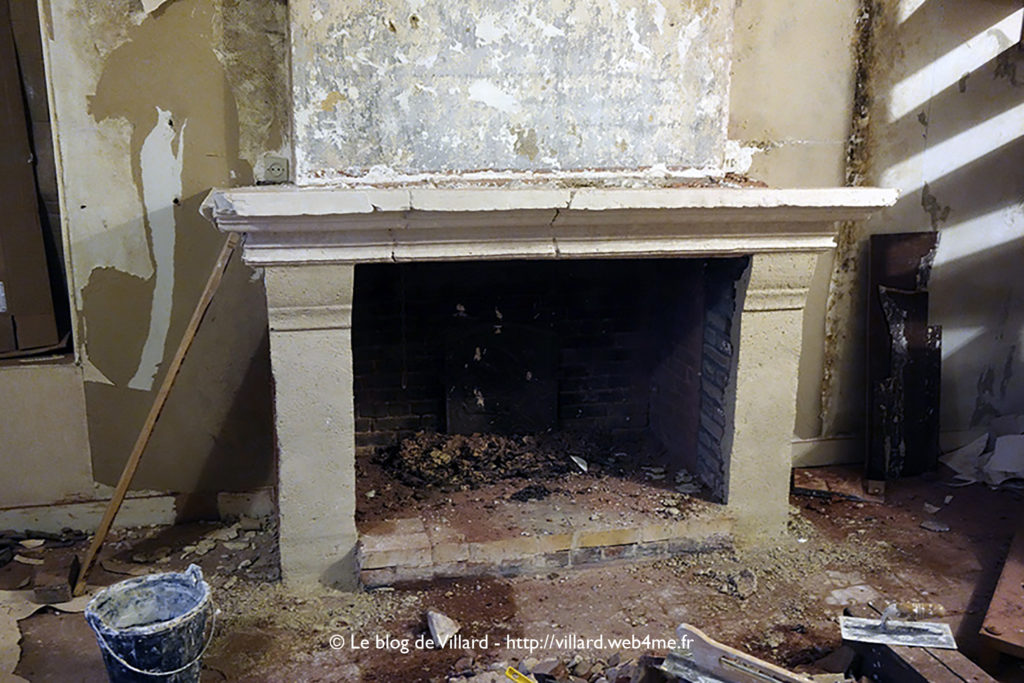
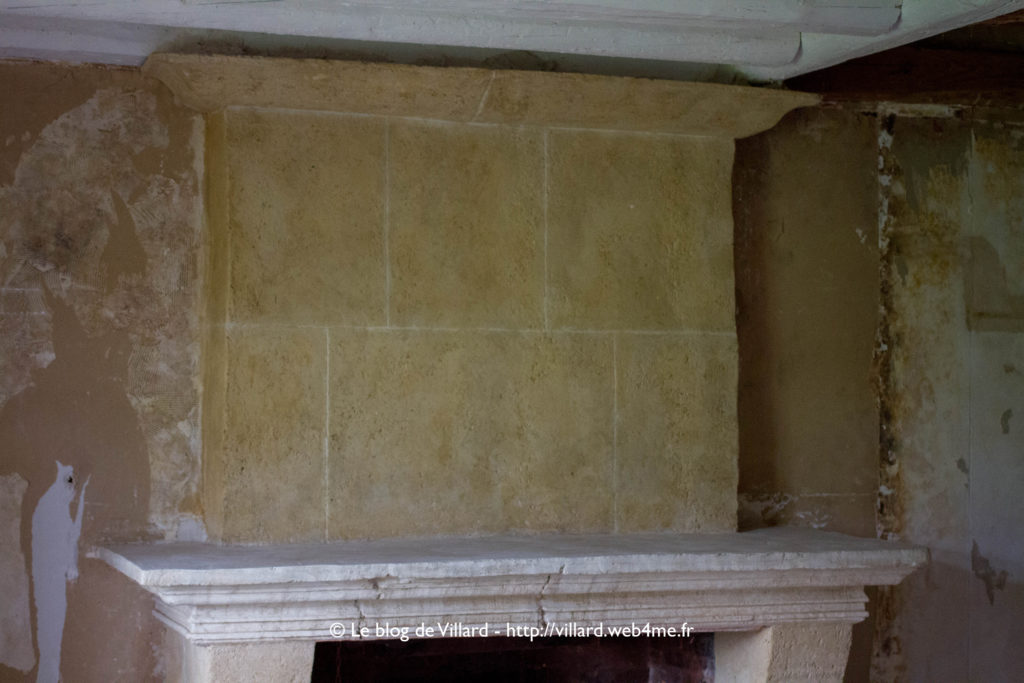
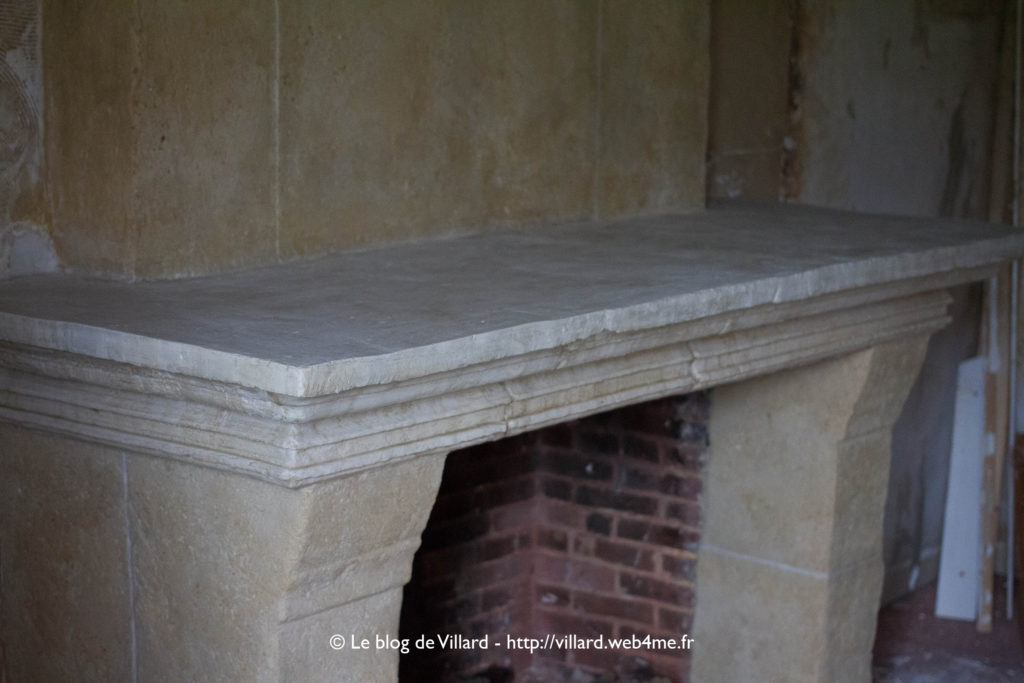
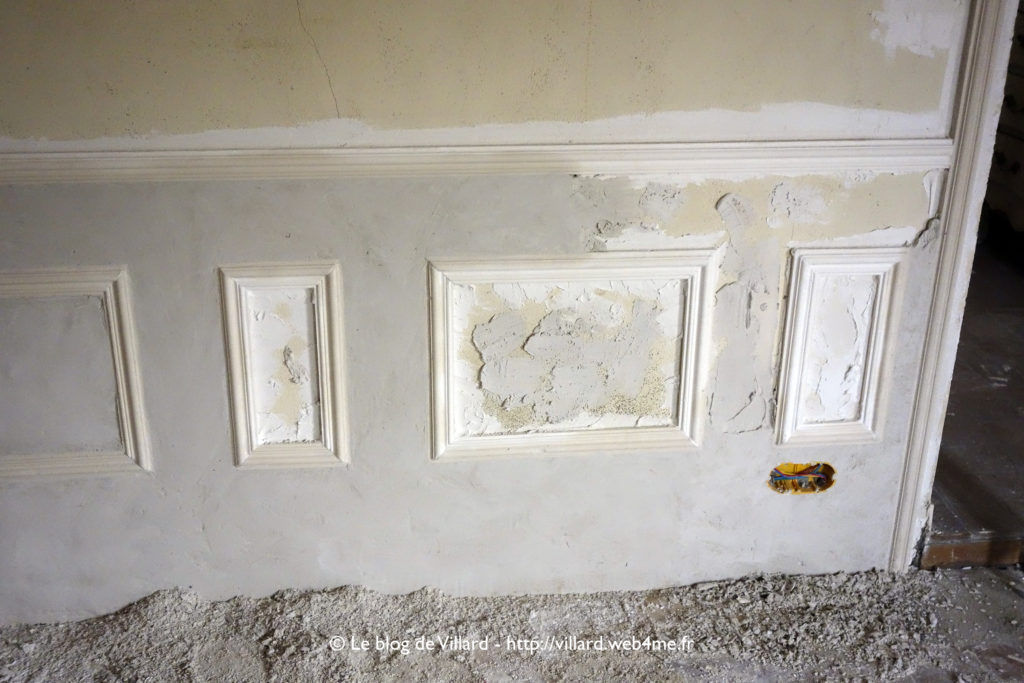
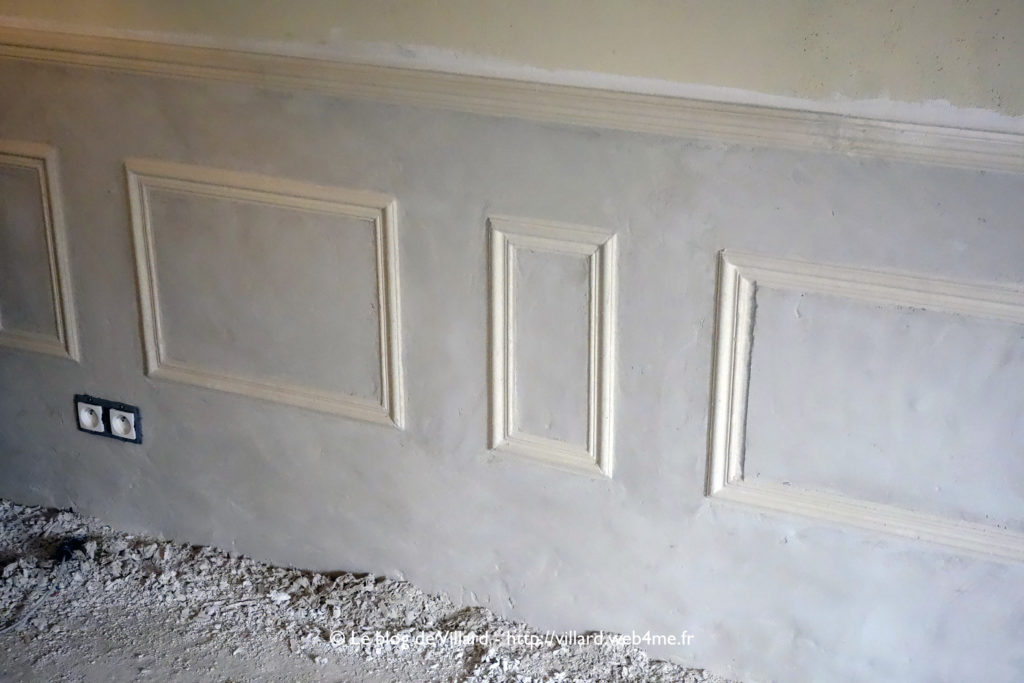
Dear Villard,
I hope you speak English as I do not speak French 🙂
I stumbled across your blog and read through a lot of your articles regarding plastering. You are very talented at what you do.
I have a few questions regarding this very nice fireplace that you built – I hope you will be willing to answer.
1: what is the gypsum/limestone/sand ratio that you used for this project?
2: how did you make the linteau and top plate? In your other article you mention using router bits, but I do not think you can get bits to big. Did you make a custom template from metal?
3: how do you get the limestone color/texture? Do you paint it?
4: do you need to add rebar to prevent cracks like with concrete?
Wishing you a nice day,
Best wishes,
Dear Mr K,
First, forgive me for responding so late and thank you for your compliments. I will try to answer you but I don’t really know the technical terms in English …
1. Ratios : I have used a mix of 1 volume of « chaux aérienne » (CL90), 2 volumes of sands and 3 volumes of « platre gros ». The magical trick is the sand: it comes from my home, sieved and I’ve kept some big grains that I added (a handful of waste).
2. For the « linteau », I’ve made and customed my own template in a piece of metal.
3. For the color, I’ve used different « patines » based on Terre de sienne, ocre jaune and Terre d’ombre naturelle (a little spoon of pigment for 3 liters of water).
4. And I’ve added fibers in my mix for the linteau to be held.
Best wishes